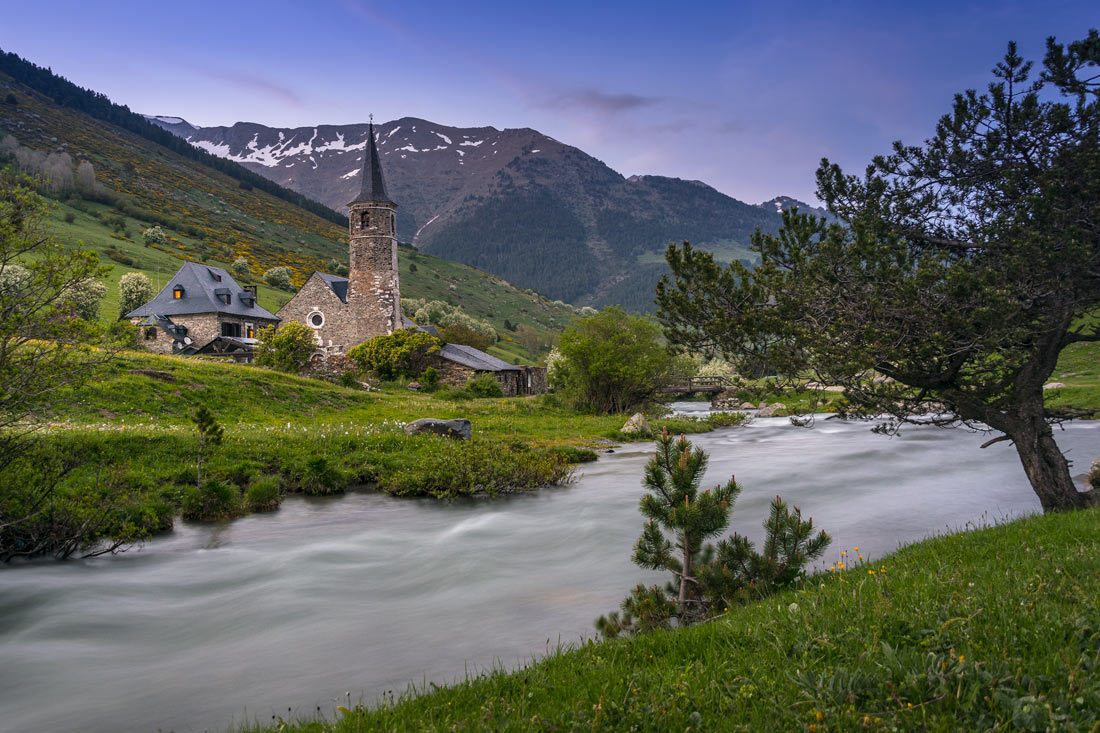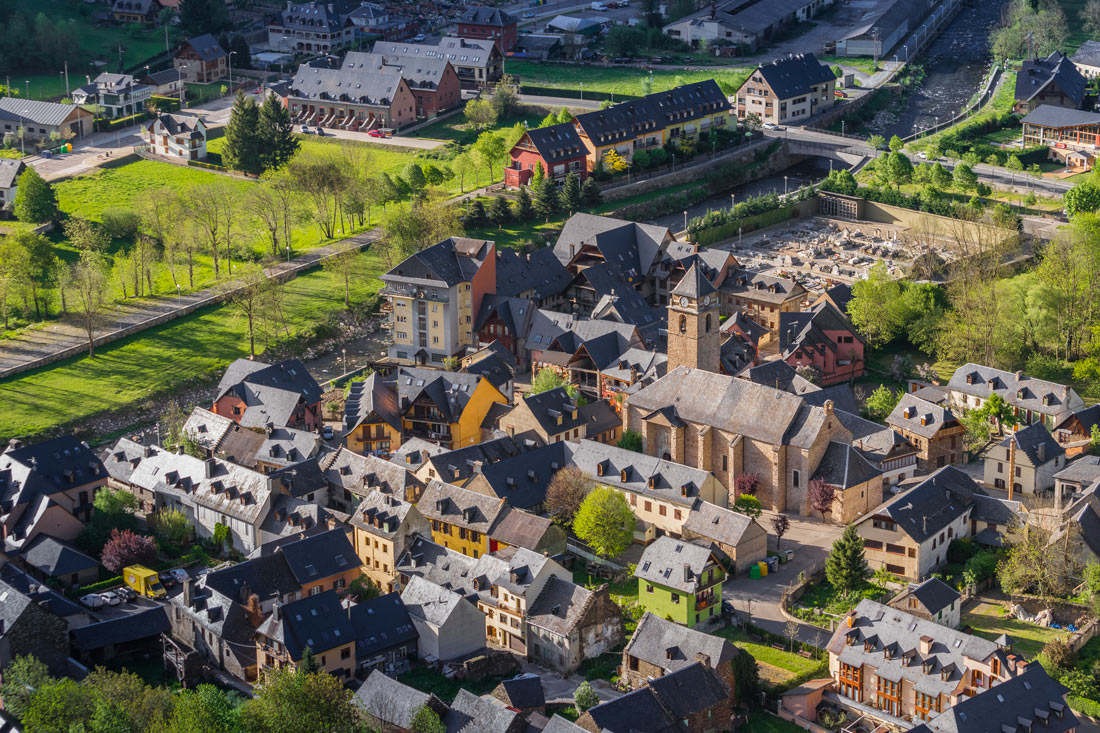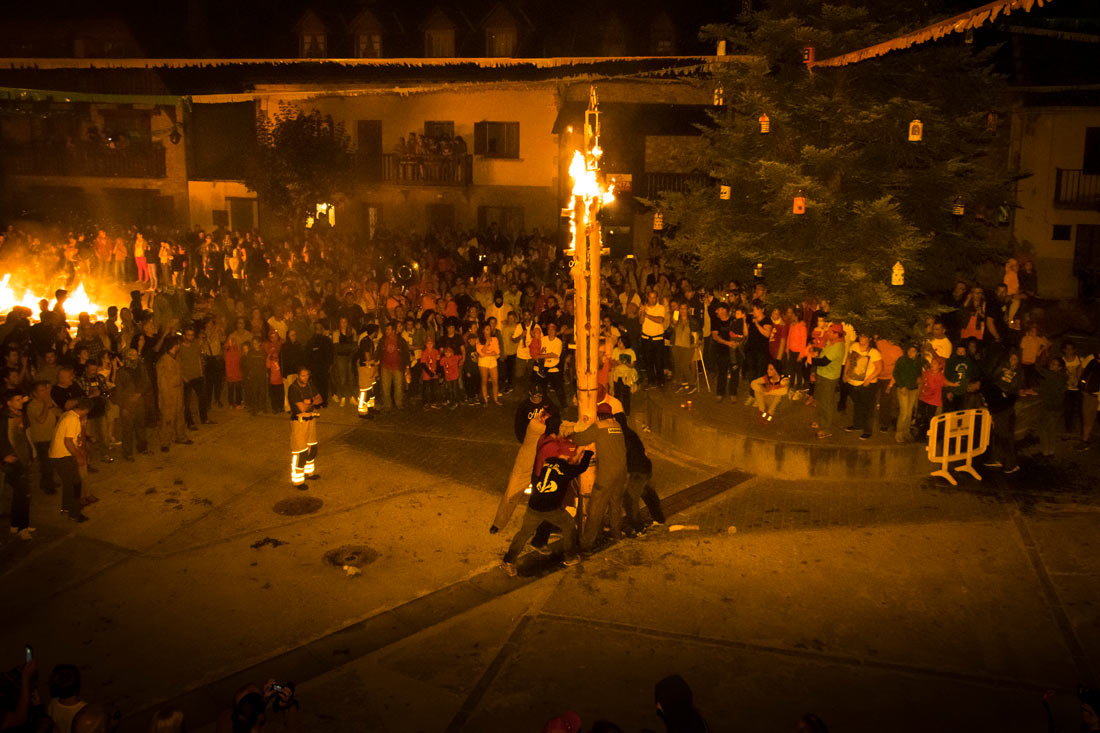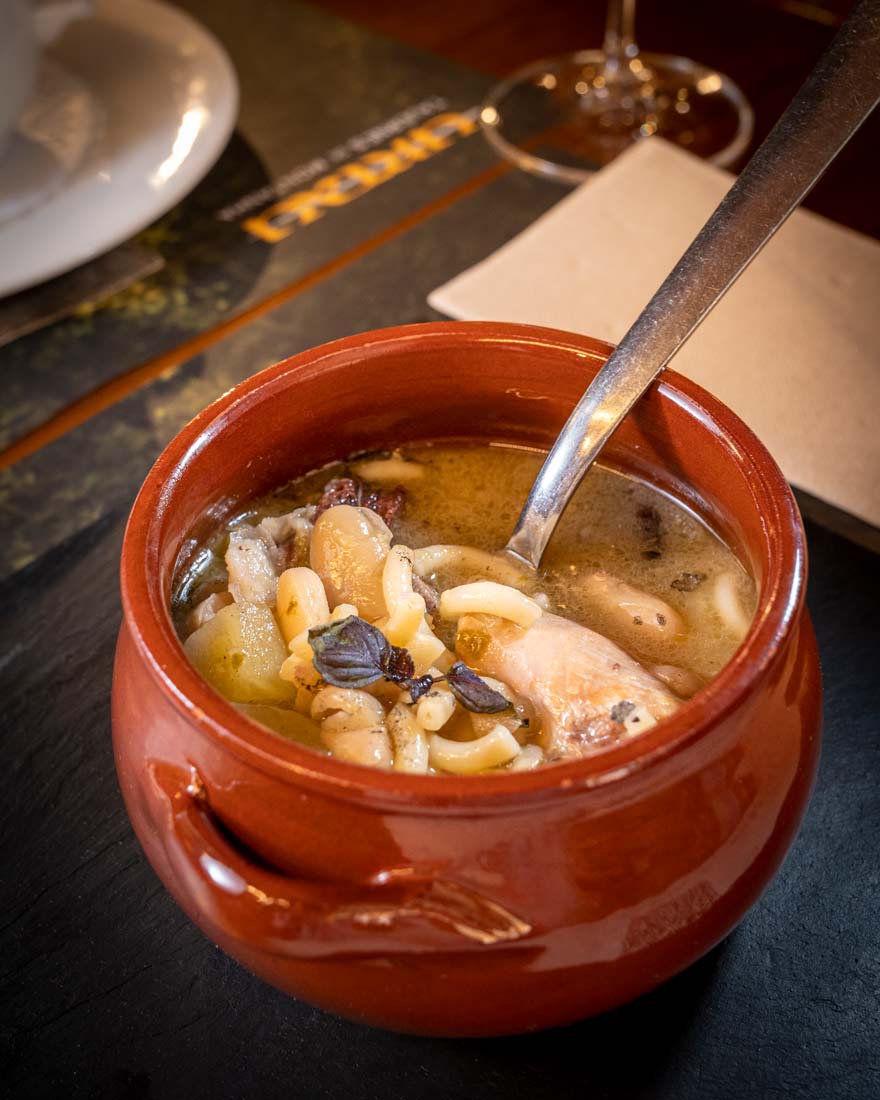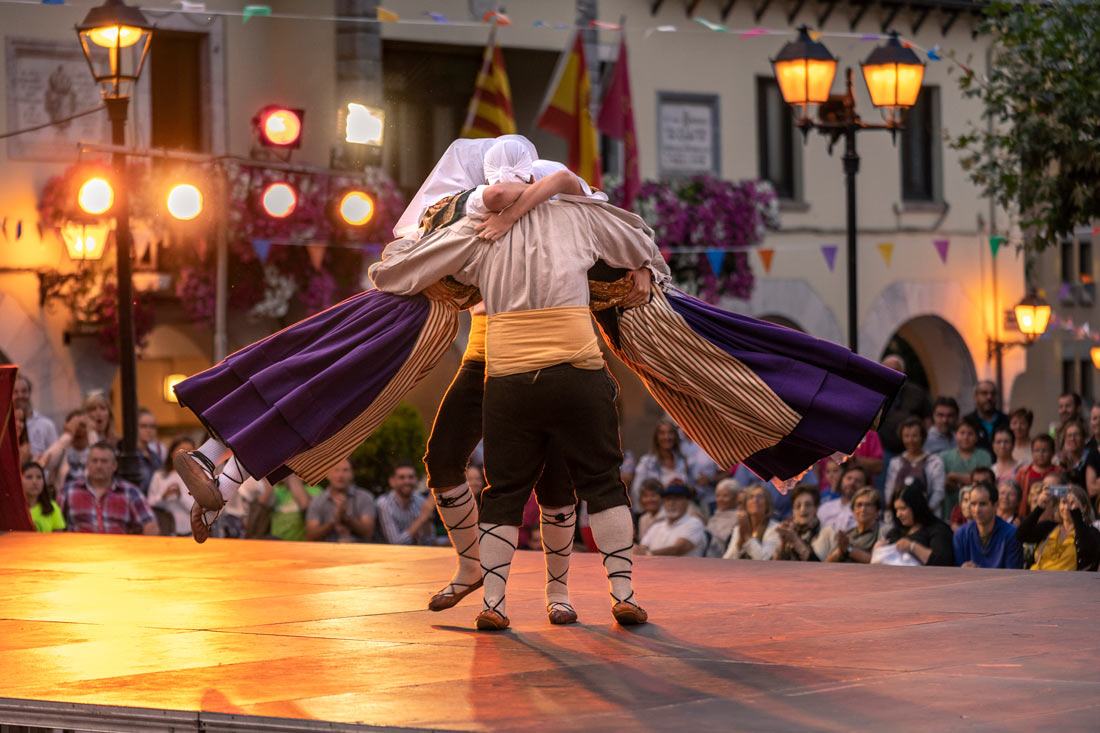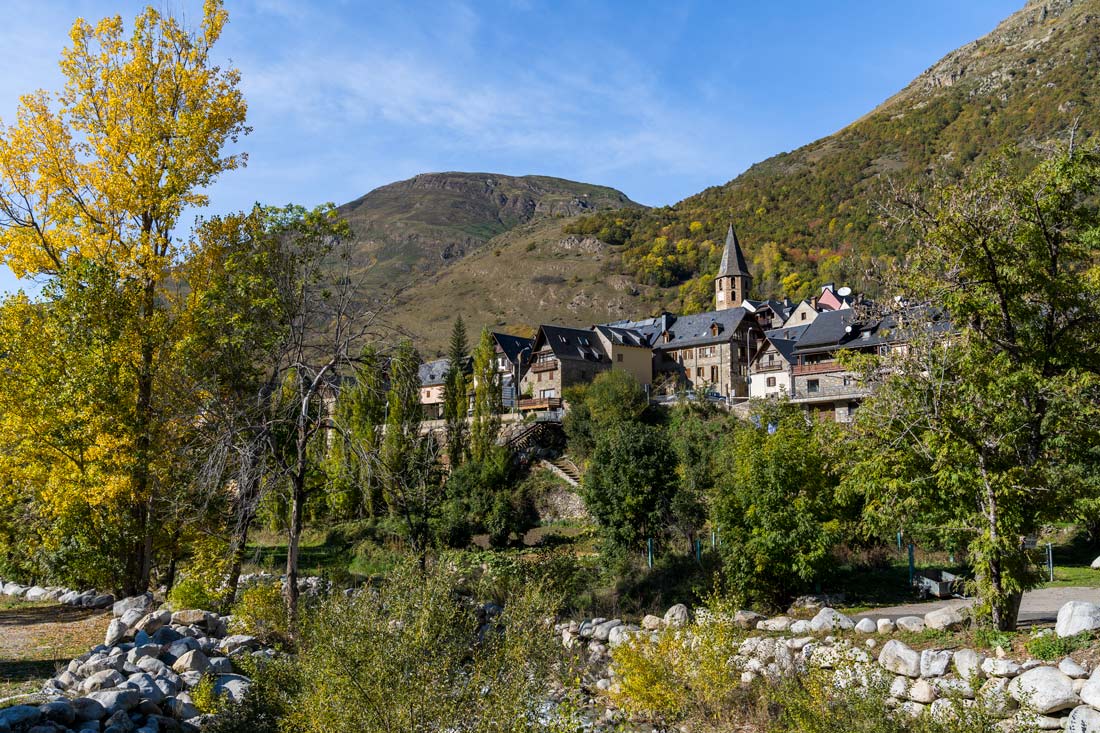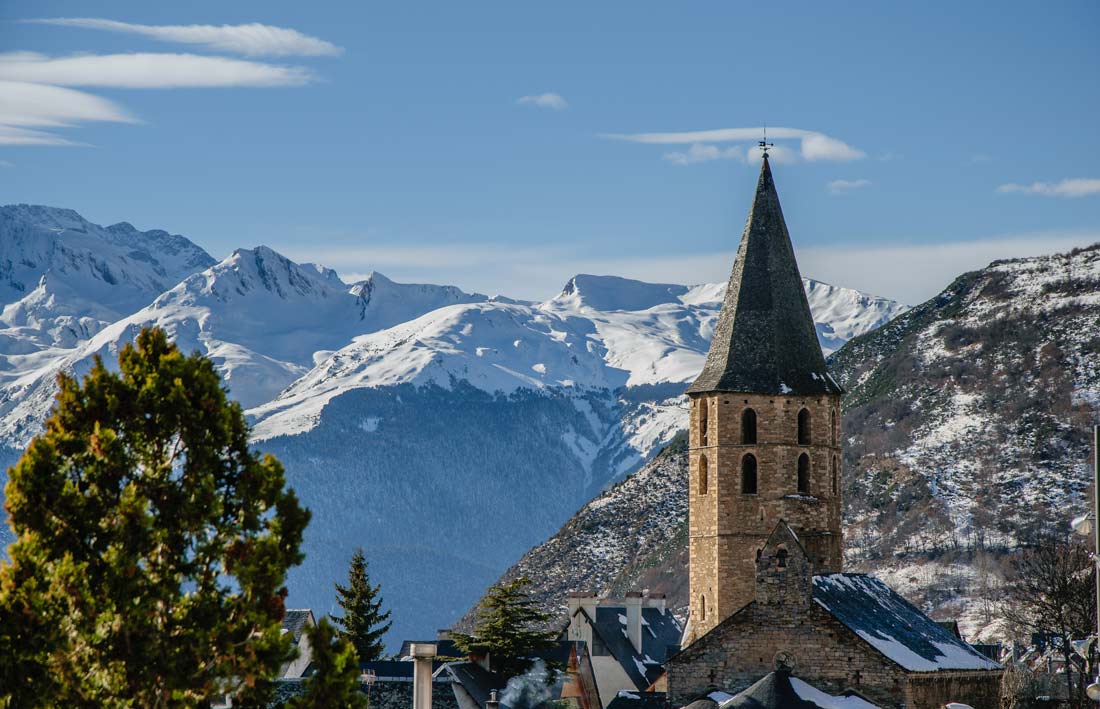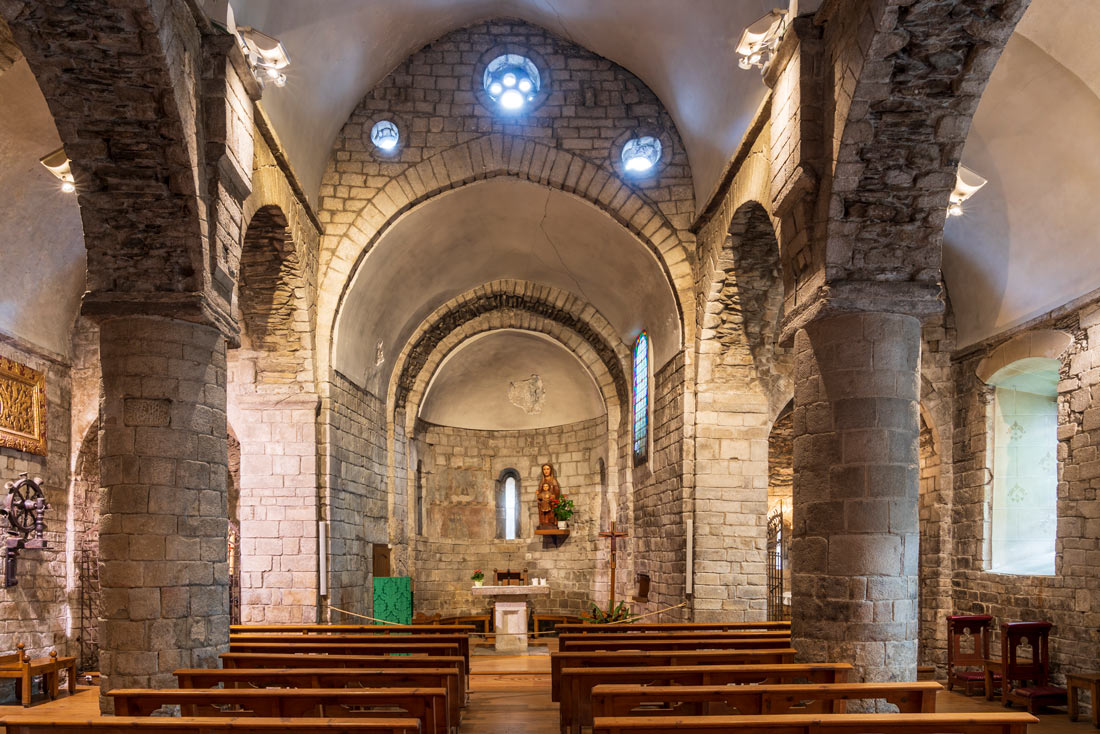INTANGIBLE CULTURAL HERITAGE OF THE PYRENEES AND THE LANDS OF LLEIDA
VAL D'ARAN
A CULTURE WON THROUGH HISTORY
A journey to the ancient Pyrenees enables visitors to suddenly discover a new world. From its lofty heights, the Val d’Aran opens itself to visitors as something immense: a universe of green meadows and dark-stone villages that hides a history, full of tradition, of over a thousand years. This is a land rich in culture inherited from the historic families of the valley. Everything that visitors see and touch here is the fruit of many generations.
The journey
This is a valley with its own language. Visitors are sometimes confused when they hear the local people speaking Aranès (Aranese), as it is a language that they can sometimes partially understand but then cannot. The local people mix words from neighbouring languages, in a similar way to that in which they have long crossed paths of the Pyrenees. Aranese is the Occitan language of the Val d’Aran; it has Romanic roots and it is a variant of Gascon. The inhabitants of this corner of Occitania, guard it like a precious treasure.
The Val d’Aran invites visitors to enjoy a generous calendar of aplecs (gatherings). At its festes (festivals), the most important thing for local people is to meet and party with friends and family. They all speak the same language and know that they stand united as the people of Aran. At the Aplec de Montgarri, which is held at the beginning of July, people remember how Aran used to reopen its mountain pass and connection to the neighbouring regions at the end of winter.
This passion for what is local is also evident at night and expressed through a series of beliefs which, in some local houses, have been carefully conserved over time and are almost like a modern religion. The valley offers itself to the spirits of the night and to Nature on the night of Sant Joan (St John), at the Crema der Haro (Burning of the Trunk) of Les. Here, a great fir trunk is burned in the village square; this is part of a ritual through which the local inhabitants pay homage to Nature. Observing the burning of the Haro and the halhes (which are torches made from the bark of the cherry tree), it is evident that there is no better way to celebrate the arrival of another summer. On the same night, the era crema deth taro (the burning of the log) takes place at Arties. This is another night of fire, music and emotions, which pays homage to the livestock farmers and people of the village who have worked and conserved this land. It is their hard work, much of it carried out by hand, which has also given produced a gastronomy that makes people sit at the table and grip their cutlery in expectation. The Olla Aranesa (Aranese hotpot) is a dish that seems to bring together all that is best about the local territory. People eat it knowing that every spoonful will give them the renewed strength that they need to live in the heart of the Pyrenees. Veal, pork, chicken, oxtail, carrots, chickpeas, rice, sausage… all come to this valley, from the meadow to the farmyard, and from the kitchen to the plate.
The Val d’Aran is also a world of music and joy, which translates into a catalogue of traditional dances that fills every village square with colour. As visitors will come to see, everything in this mountain universe is associated with history and routine. It is possible to observe with interest how the different dances are related to the tasks carried out in the field and to what are the most solemn moments for this society. The choreographies and dresses, which speak of farmers and festivals, are full of Catalan, Gascon and Aragonese influences, with skirts, petticoats, trousers, aprons, white blouses, corsets, headscarves and straw hats. There is a collage of colours and sounds that form the soundtracks of the valley. It is possible to watch couples and groups of people dance the eth Cadrih and the era Aubada, which have choreographies that are seemingly impossible to separate from the local countryside.
In festivals like that of Sant Creu de Salardú (Holy Cross of Salardú), people combine the joy of dancing and with a ceremony of devotion to the Cross, integrated into the procession that goes to the Plaça dera Pica square and with the faith of their forefathers. It is easy to be won over by this world of rituals and beliefs, which often cross over into the legends told by the padrins (old people), which -in Aran- are also secrets insinuated within each home. An example of this is the legend of the Crist de Salardú (Christ of Salardú), according to which the image of Christ once floated up the River Garonne and as far as the village, where the neighbours rescued it from the water. Sitting on a bench, it is still possible to hear more than one elderly inhabitant retell that story.
There is also the legend of the Gegant (Giant) Mandrónius who, according to the oldest of local voices, is said to have fought against the Roman invaders. The giant lived hidden in a cave near Betlan and spent his final days at Garòs where, it is said, he ordered his men to dig his grave. Another popular story is the Llegenda de la Roca dels Nou Forats (Legend of the Rock with the Nine Holes), which explains how the archangel Miquel (Michael) and the devil once clashed for control over the valley. The oldest people say that they played for Aran by throwing stones at the wall of rock and that it was Sant Miquel who won nine-one. It is difficult to ignore the wealth of this culture which so much admires both its pagan and Christian rituals, and always with a devotion passed down from parents and grandparents. At Easter, it is once again possible to find this devotion in the Divendres Sant (Good Friday) and Diumenge de Resurrecció (Resurrection Sunday) processions and also in those of the Viacrucis (Stations of the Cross) and the Sant Enterrament (Holy Burial), which include the participation of all the local people, in what is an effort to maintain the tradition of the passos sagrats (holy processions) in the valley. This solemn dedication in the name of the valley can also be seen in the women who carry the pas (platform) of the Verge de Misericòrdia (Our Lady of Mercy). This helps visitors to understand that the Val d’Aran is a land that has been saved from the passage of time and the burden of history.
